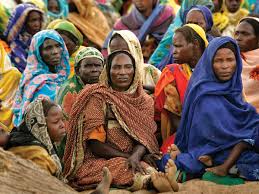
THE GENDERING OF WAR
If there is one unique feature that sets apart war from all other sociological phenomena this must be its staggering gender asymmetry. As archaeological and historical records clearly demonstrate, there is a great diversity in how human beings organise patterns of social inclusion and exclusion, which spawn hierarchies and divisions based on economic, political, religious, ethnic, educational or many other criteria. However, fighting in wars is the only human activity from which an entire gender is almost completely excluded. While one can find many historical instances where education, ethnicity, religion or wealth had some, much or no bearing at all on the possibility of a person's participation, warfare seems to be the sole group activity that generally excludes women. Despite a handful of exceptions, battlefields have been and remain the exclusive arena of men, with less than 1 per cent of all combatants in recorded history being women (Ehrenreich 1997: 125). Although women have often played an important supportive role in the war effort in many societies, throughout history they have regularly been excluded from the actual fighting. Furthermore, even though modern states have made significant attempts to increase women's participation in the military, this has had little or no impact on the numbers of females involved in fighting wars. As Goldstein (2001: 10) concludes: ‘Designed combat forces in the world's state armies today include several million soldiers … of whom 99.9 per cent are male’.


